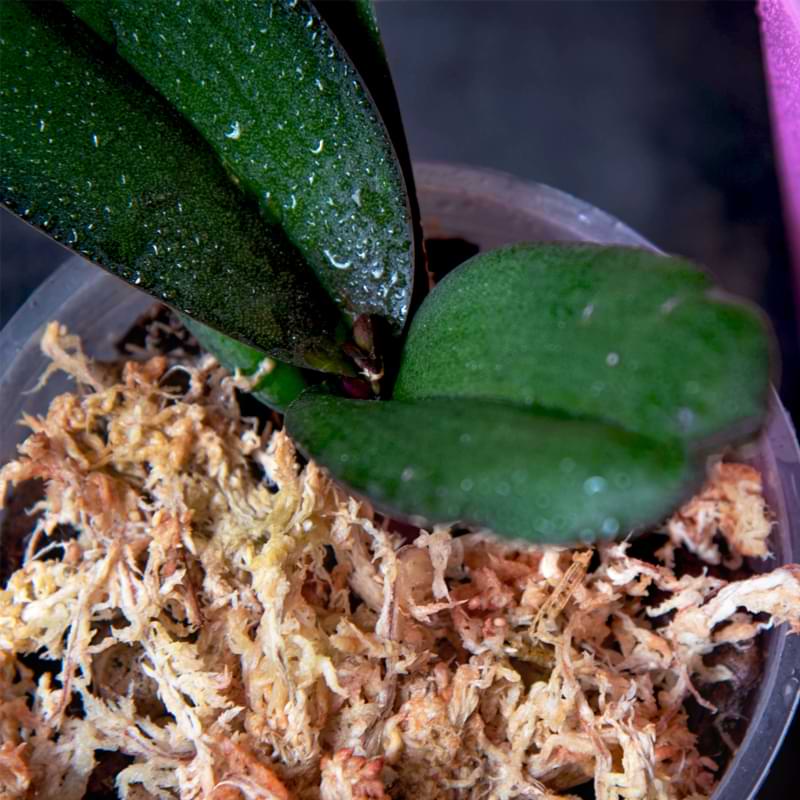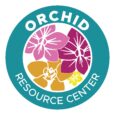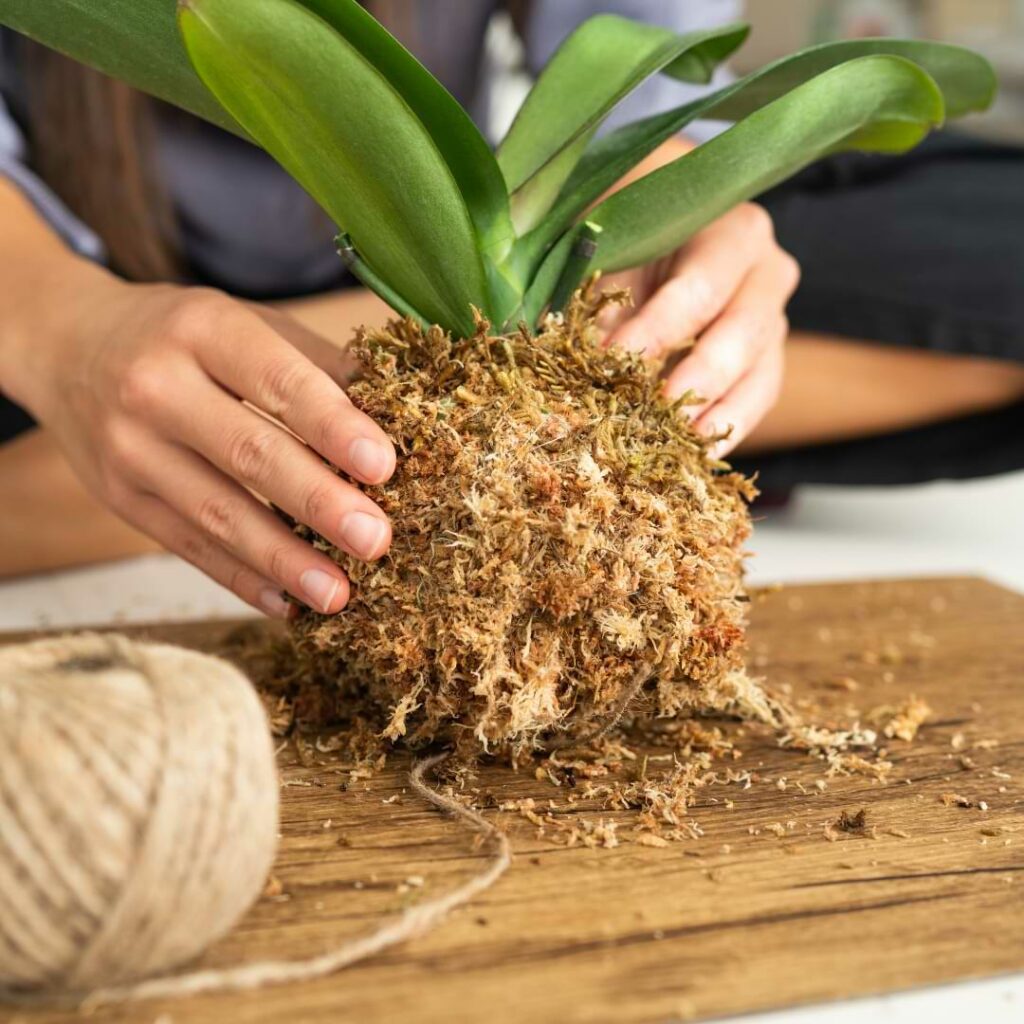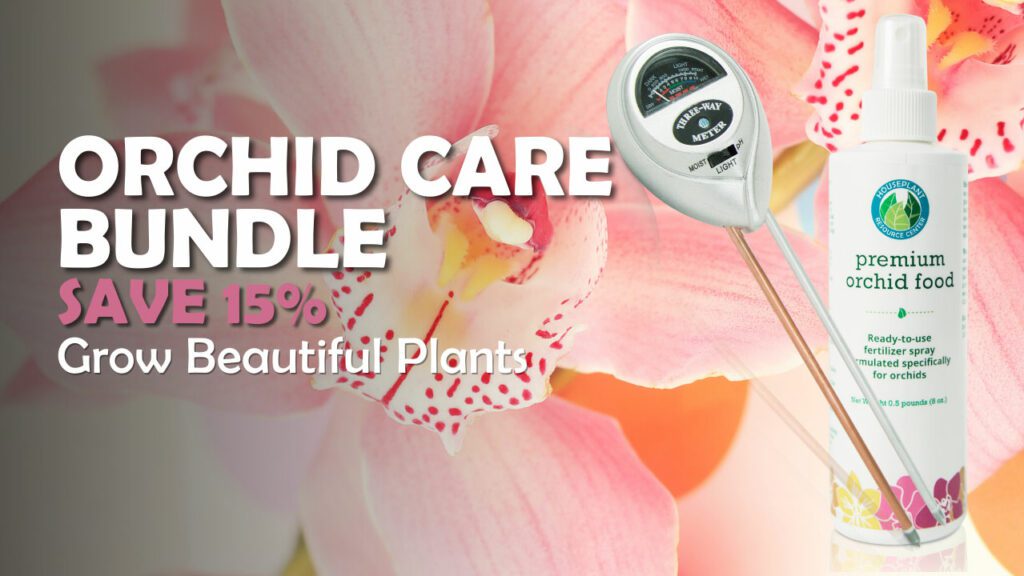Orchid moss is one of the most popular types of sphagnum moss. It is commonly used as a potting material for orchids and other epiphytic plants. It’s a great option for most orchids, and even other houseplants. However, orchid moss is not without its drawbacks. Keep reading to learn the best benefits of using orchid moss as a substrate for your orchids, as well as some drawbacks, so you can make the most informed decision for your orchid.
What is Orchid Moss
Orchid moss is a type of sphagnum moss that is commonly used as a substrate for orchids. It is known for its high water-holding capacity and its ability to provide good drainage. This helps to keep the roots of orchids and other epiphytes moist, which is essential for their health. Orchid moss is also resistant to decomposition, meaning it will last longer than other types of potting materials.
Is Sphagnum Moss Good for Orchids?
Sphagnum moss is often used as a potting material for orchids because it has several benefits. It is lightweight, absorbent, and has good drainage properties. It also does not compact like other potting materials, which allows the roots of your orchid to breathe.
However, sphagnum moss does have some drawbacks. It’s difficult to keep evenly moist, and if it dries out completely, it can be difficult to re-wet evenly. Additionally, sphagnum moss can harbor harmful bacteria and fungi if it is not kept clean. If you choose to use sphagnum moss for your orchids, be sure to monitor it closely and replace it when necessary.

Orchid Moss Vs Bark – Advantages and Disadvantages
Two of the most popular types of substrate for orchids are orchid bark and orchid moss. Both have their own advantages and disadvantages that should be considered before deciding on which to use.
Orchid bark is a popular option because it is lightweight and easy to work with. It also provides good drainage and aeration for the roots. However, it can break down quickly and may need to be replaced more often.
Orchid moss is another popular choice for orchids. It is very absorbent, so it helps to keep the roots moist. It is also long-lasting, so you won’t need to replace it as often. However, it can be difficult to work with and doesn’t provide as much drainage as other options.
Moisture Retention and Absorption
Orchid moss is great at holding moisture for your orchid to use, and is very absorbent, making it an option that will hold nutrients for your plant and release them when the plant needs them. This makes it a good option for orchids that like a more evenly moist substrate and a regular supply of nutrients.
Orchid bark is not a top performer when comparing moisture retention as a substrate. When watering your plant, bark will not absorb as much water before the water drains out of the pot, leaving you to have to water your orchid more often. Many people still prefer bark for their orchids because of the better aeration they get from the bark compared to moss.
Nutrients
Orchid moss has plenty of nutrients that are beneficial for your orchid, and it also absorbs nutrients from the fertilizers you used to release slowly later on. Specifically, orchid moss is high in calcium, magnesium, and potassium, all of which your orchid will love.
Orchid bark also contains good nutrients for your plant, but not as much as moss does. Bark generally contains potassium and phosphorus, which are also super beneficial for orchids. Mixing both orchid moss and orchid bark would be an excellent way to get the best of both mediums!
Effect on pH Levels
Orchid moss and orchid bark have different pH levels that may make one better than the other for your specific orchid. Orchid moss usually has a neutral pH that grows more acidic as it ages. To maintain the ideal pH level for your orchid, you will want to “flush” out the moss every month or two, which simply means running water through it for a few minutes, letting it drain out naturally.
Orchid bark has an ideal pH level for orchids, coming in between 4.0 to 5.0, and the pH level does not change for the bark as quickly as it will with moss.
Why is Sphagnum Moss Used for Orchids
Sphagnum moss is one of the most popular types of moss used for orchids. There are several reasons for this, including:
- Sphagnum moss is very absorbent, which helps to keep the roots of orchids healthy and hydrated.
- The spongy texture of Sphagnum moss also provides good drainage, aeration, and air circulation around the roots, which is essential for Orchid health.
- Sphagnum moss is also relatively inexpensive and easy to find, making it a great option for those just starting out with Orchids.
While there are many benefits to using sphagnum moss for orchids, there are also some potential drawbacks to be aware of. For example, moss can become compacted over time, which can lead to poor drainage and aeration around the roots. Additionally, moss can harbor harmful bacteria or fungi if it is not properly cleaned and sterilized before use.
Overall, sphagnum moss is a great option for growing orchids because of its absorbency and spongy texture. However, it is important to be aware of the potential drawbacks before using it as your primary growing medium.
How to Use Sphagnum Moss
Sphagnum moss is a versatile material that can be used for a variety of purposes in the garden. Here are some ways you can use sphagnum moss for your orchid and some other house plants.
Sphagnum Moss as a Potting Medium
Sphagnum moss is a versatile potting medium that can be used for a variety of plants, including orchids. There are several benefits to using sphagnum moss as a potting medium, including its ability to retain moisture and its aerating properties.
To use it as your potting medium, rise it really well, then place a layer of moss at the bottom of your pot. Place your plant in the pot and fill the rest of the pot with moss, surrounding your plant’s roots gently but firmly. You’ll know you have enough moss in your pot when the plant feels sturdy enough to support itself.
Top Dressing
There are several benefits to using orchid moss as a top dressing for potted plants. First, it helps to prevent the roots from drying out. Second, it keeps the potting mix from getting too hot in summer months. It also provides extra insulation for the roots in winter months.
To use it as a top dressing, rinse your moss well, then place it over your existing soil in your plant’s pot, patting it down slightly to ensure it covers the soil completely.
Orchid Moss Ball
One of the biggest pros of using orchid moss balls is that they retain moisture very well. This is extremely important for orchids because they require high humidity levels to thrive. Orchid moss balls can also help to aerate the roots of your plants, which is another important factor in ensuring healthy growth.
On the flip side, one of the main cons of using orchid moss balls is that they can be difficult to keep clean. If you don’t clean them regularly, they can become home to mold and mildew, which can be harmful to your plants. Additionally, if you live in an area with hard water, the minerals in the water can build up on the moss balls over time and eventually kill your plants.
To use a moss ball, you can place it inside your potting medium under the roots of your plant, or you can just place the moss ball on top of your soil, although this would be the least effective way to use it.
Orchid Moss Pole
Orchid moss poles are typically a metal or plastic pole that poke into your houseplant’s soil, and it has moss all around it to give your plant’s stem something to grow along, or to wrap its aerial roots around.
The advantages of using an orchid moss pole are that it can help give your plant some extra stability if it is a taller plant, and it looks amazing, as well. Orchid moss poles can be found at most garden centers or online.
Orchid Moss Final Thoughts
Orchid moss is a type of Sphagnum moss that is commonly used as a potting material for orchids. It has several benefits, including its ability to retain water, aerate the roots, and provide drainage. However, there are also some drawbacks to using orchid moss, such as its high price and the fact that it can be difficult to find in stores. Overall, orchid moss is a good potting material for orchids, but it is important to weigh the pros and cons before deciding whether to use it.
Join Our Orchid Care Facebook Community
In our Facebook group of orchid lovers, we’re dedicated to creating a rich and engaging environment where plant lovers can come together and share tips, tricks, and experiences.
If you’re an orchid lover, come join our Facebook community! We can’t wait to celebrate your successes and help you troubleshoot your care routine.
For continued success, you can explore our other articles or visit our online shop for plant care products that are sure to keep your plants boasting rich green leaves and big, bountiful blooms year-round.



